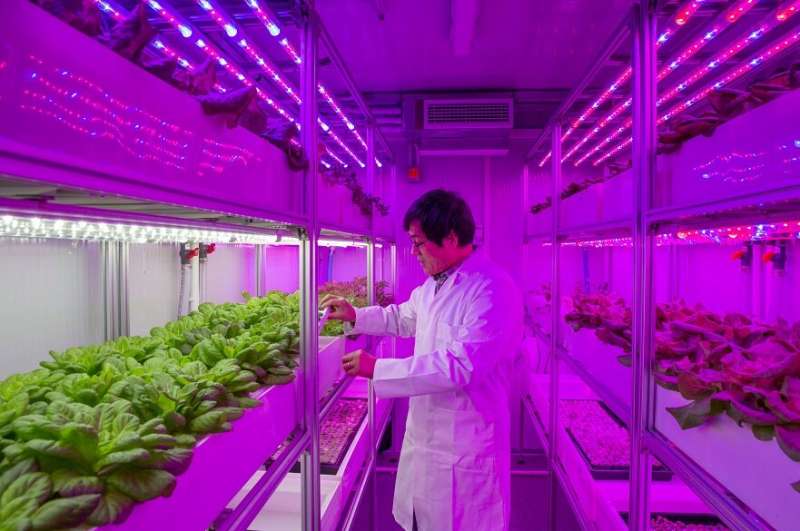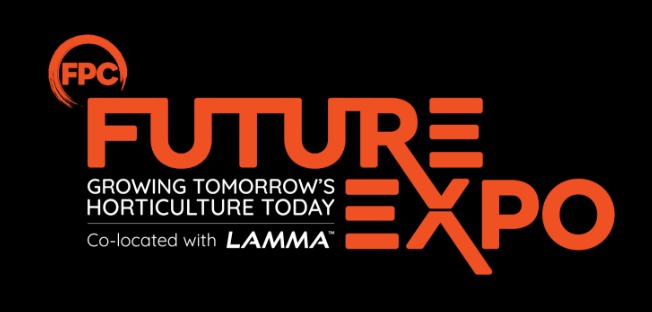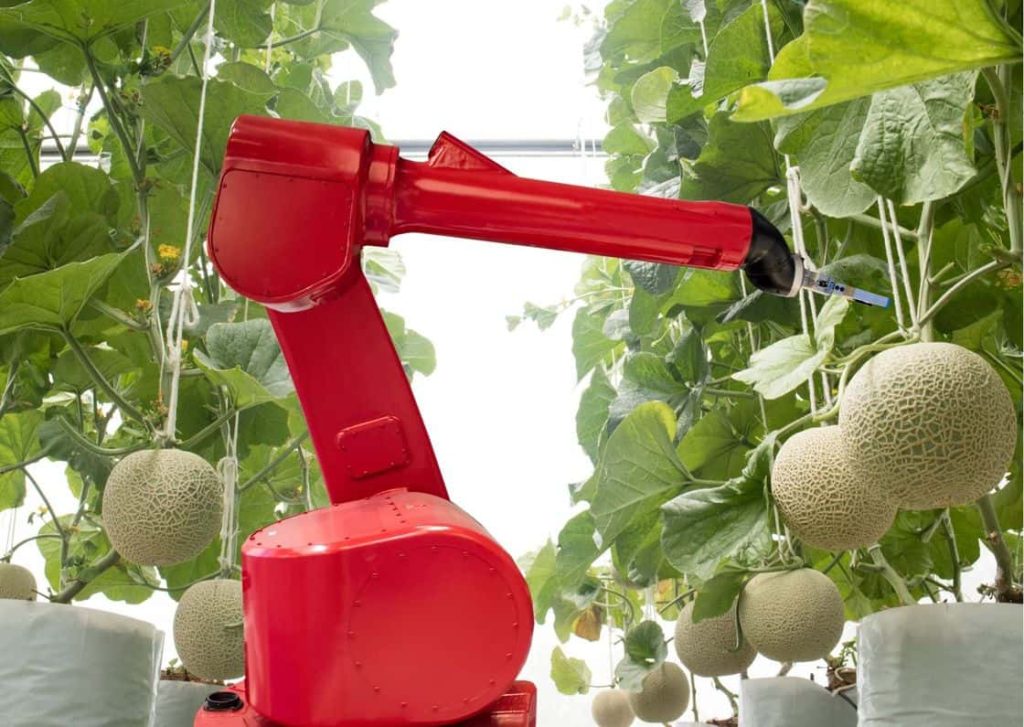Over the past 12 months, the potential promised by Agritech has finally established itself, reflects Simon Deacon, CEO and founder of Light Science Technologies.

We’re finally understanding that new technologies and innovations are crucial in order to save our food supplies and solve food insecurity for future generations. What’re more, we’re seeing this switch start to gain more momentum as we head into 2022.
A year of education
Back in November, the Fresh Produce Consortium (FPC) delivered a ground-breaking new agritech event in partnership with Lincoln University, where new innovations were showcased and visitors were informed and educated in agritech. The event successfully highlighted how adoption is the way forward through a varied number of speaker sessions, each covering a part of the farm to fork journey.
Chief Executive of the FPC, Nigel Jenney, said “What we can’t do is be complacent. There’s never been a more demanding time for the fresh produce industry: Labour shortages, the lorry driver crisis and now escalating energy bills have all created unprecedented challenges.
“So, we all need to step up! It’s time for change!
“The consortium are delighted by the attendance and enthusiasm at FPC Future this year and we will be bringing the event back in November 2022 at the East of England Arena in Peterborough.”

Investment in Agritech soars
This year signalled the Agritech boom, as investors targeted lower-emission food technologies and 2021 saw a record $7.8 billion funding poured into the sector up to the end of the third quarter (and still counting). Some of the biggest deals included $430 million for California-based company Pivot Bio, which makes alternatives to nitrogen fertiliser, and $321 million for indoor growers Bowery Farming.
Meanwhile, in October, ‘home grown’ Derby-based Light Science Technologies (LST) raised more than £5 million to float on the stock exchange, strengthening its position in Agritech with its pioneering indoor sensor and lighting technology, with a pipeline of £40.6m of potential business.
Agritech and the circular economy
Prior to the dire warnings on climate change being laid bare at COP26, the publication of the Circularity Gap Report 2021 underlined the critical need to shift to a circular economy by finding ways to make global resource extraction and processing more sustainable. Stating that the circular economy currently accounts for just 8.6 % of the entire world economy, this made for a grim statistic; it was lower than in 2019 by some 5%.
Lighting the way forward
Yet this presents a major opportunity for innovative technologies to address the utilisation of agricultural wastes, by-products and co-products, while working towards the goals of improved economic and environmental sustainability. LST’s LED grow lights are an example of sustainable product innovation in the Agritech sector, providing a lighting solution designed to support the circular economy.
Typically, LED grow lights are replaced every five years and discarded as landfill waste. In response to this issue, it set about developing its award-winning grow lighting range nurturGROW, which also crucially addressed the key areas of high-performance and cost-effectiveness for indoor growers.
The growing appeal of Agritech
And it wasn’t just the development of product and technologies over the past 12 months that has helped expand Agritech’s appeal, but also the range of crops being grown in a closed environment agriculture (CEA) setting, be it vertical farming, polytunnels or glasshouses.
No longer just about leafy greens and a few herbs, indoor farming’s crop versatility has extended to tomatoes, peppers, cucumbers, microgreens and soft fruit as well as medicinal cannabis, a global market that reached a value of $7.8 billion in 2020 and is set to accelerate at a CAGR of 15.3% over the next five years.
It is only a matter of time before harvesting strawberries in the dead of winter becomes a reality, with 2021’s indoor growing successes including a greenhouse in Lincolnshire where six hectares of strawberries were planted to be among the first to deliver fruit to retailers earlier in the year, and also Waitrose which confirmed its first sale of British ‘Lusa’ strawberries in March.
The future of indoor farming
So while 2022 brings further uncertainty as we head into the third year of a global pandemic, this disruptive technology remains on track to shake up the food system and deliver a much-needed step change in how we grow our food. For indoor farming at least, the sky really is the limit.



